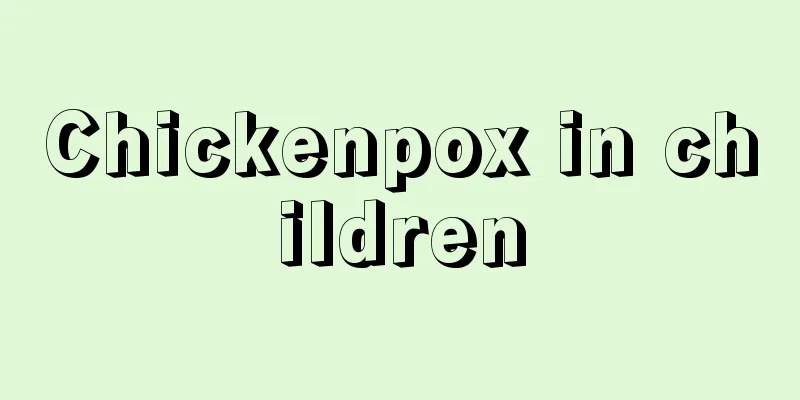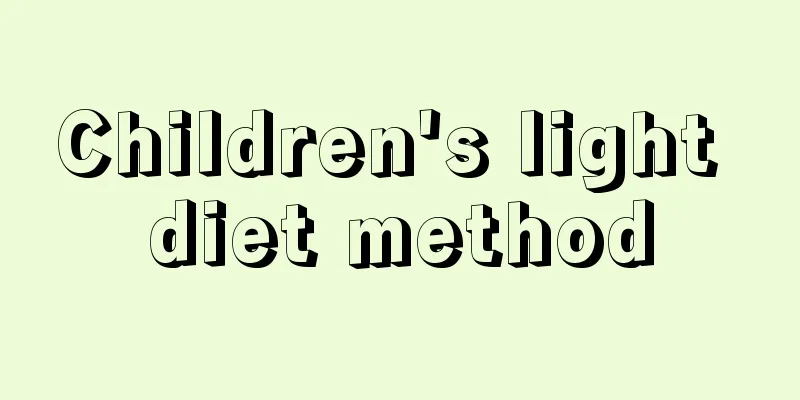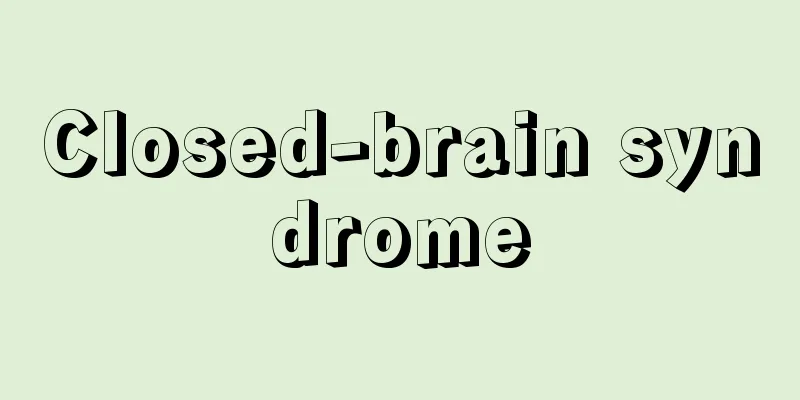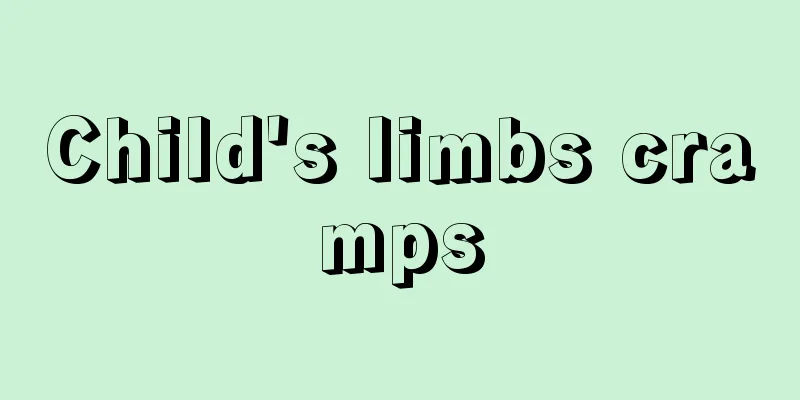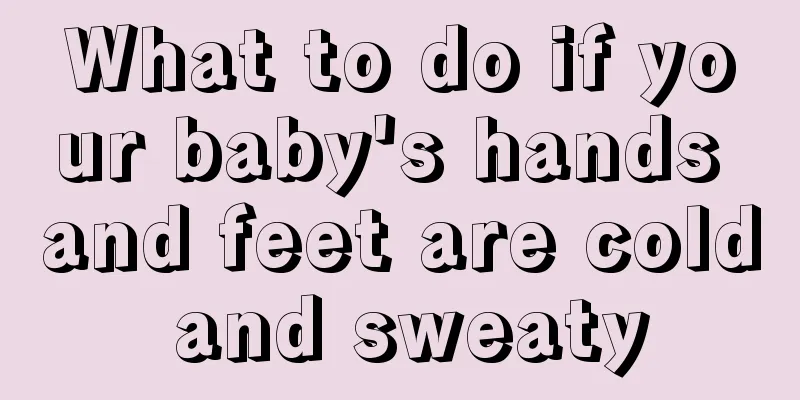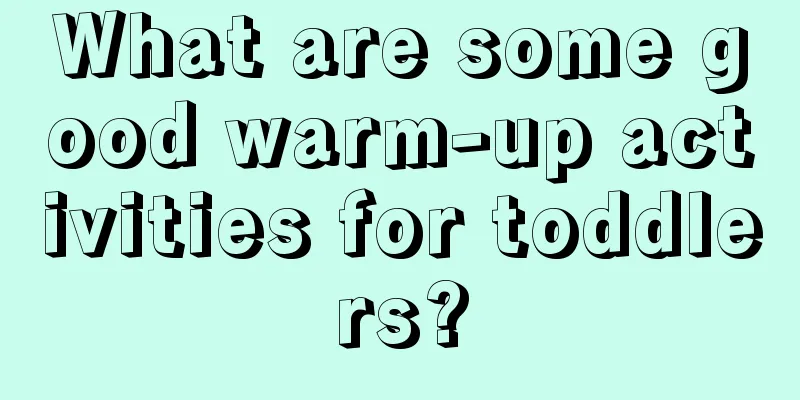What does chickenpox look like?

|
Generally speaking, we all develop a disease called chickenpox when we are very young. Especially in spring and winter, these two seasons are the peak seasons for chickenpox. For some parents who have just started taking care of their children, they actually don’t know much about the disease called chickenpox. It was only when I took my child for a check-up that I found out he had chickenpox. Today we will introduce to you what chickenpox looks like, and we hope that parents can detect this disease in time.
Generally speaking, as long as there are children in a place, such as a kindergarten, as long as one child is infected with the varicella virus, the varicella virus will follow the infected person and appear on the dust, clothes, and toys that the infected person has passed by. Therefore, whether there is direct or indirect contact with a child infected with chickenpox, it is very easy to be infected with the varicella virus. (Which season is most likely to cause chickenpox? How to prevent children from getting chickenpox) What does a child look like before getting chickenpox? What are the symptoms of chickenpox in children [Picture] -2 What did a child look like before getting chickenpox? If a child is infected with the varicella virus, symptoms usually appear after a latent period of 2 to 3 weeks. The child does not have any symptoms at this stage. After an incubation period of about 2 weeks, the baby will show early symptoms such as fever, headache, physical discomfort, loss of appetite, etc. The symptoms at this time are very similar to a cold, so mothers should be careful to distinguish them. If the baby shows cold symptoms in spring or winter, mothers should give the baby cold medicine, because anti-cold medicine also has a certain effect on chickenpox in the early stages of the disease.
1. Once a child is infected with the varicella virus, after the incubation period, he or she will have symptoms such as fever, loss of appetite, and general weakness, especially for children with poor physical conditions. 2. When a child gets chickenpox, in the early stages there are just some small red spots (usually on the abdomen, back, ears, etc., parents can observe carefully). After a few hours, they will slowly develop into blisters the size of mung beans, and there will be severe itching. Warm reminder: Parents must prevent their children from scratching the blisters, as this can easily lead to infection with other bacteria and cause other chickenpox complications. If you scratch the blisters on your face, you may end up with scars. 3. When a child gets chickenpox, a series of symptoms first appear on the trunk, and then gradually spread to the head, face and limbs. But in general, the main locations of chickenpox are on the trunk, and the symptoms on the face and limbs are often less frequent than on the trunk. In addition, the mouth, eyes, pharynx, vulva, etc. may also experience symptoms of chickenpox infection, and there will be severe pain.
(1) After the baby has chickenpox, papules, blisters and scabs appear on the skin in batches Within a few hours or a day after the onset of chickenpox, characteristic papules will slowly appear on the baby's skin. Initially, only small red rashes appear on the abdomen or back, like mosquito bites, and there are usually only 1-2 of them. After a few hours, they spread to the wrists and legs, and some of them turn into blisters (at this time, the blisters also grow from the size of millet grains to the size of mung beans). (2) Rashes and blisters appear on the baby's skin 24 hours after the baby has chickenpox, red rashes and blisters will appear on the baby's face, back, abdomen, limbs and other places. Some of them will begin to form scabs, which will last for about a week before the scabs fall off. The rash is most common on the trunk, followed by the head and face, less common on the limbs, and even less common on the palms and soles. It looks like three types of rashes coexist. (3) The baby has a fever Around 14-17 days after the baby is infected, he or she will begin to have a fever of around 38°C, which will last for 1-2 days, accompanied by symptoms such as headache, runny nose, and cough. Warm reminder: If the baby shows symptoms of fever, parents must help the baby reduce the fever and prevent high fever. |
<<: What should you pay attention to when you have chickenpox?
>>: Chickenpox care and precautions
Recommend
How to supplement zinc if baby has poor appetite?
My baby is already over 3 years old. Recently, ma...
Do little girls have discharge?
Many parents believe that little girls’ vaginas w...
Which nuts are suitable for children?
Children's physical development requires suff...
What to do if your baby has a cough, fever and runny nose
If your baby has a cough, fever and runny nose, p...
What can children eat to have smart brains?
Parents all hope that their children can be smart...
What to do if children have poor absorption
Children's poor absorption and digestion can ...
Hip dysplasia in children
During a child's growth process, bones develo...
Can children wear high heels?
Most women will wear high heels for the sake of b...
What to do if your child has ringworm on his face
I believe that everyone must have encountered man...
What are the factors that affect children's height?
What are the factors that affect children's h...
What's going on when a child has a fever, a hot head, and cold hands and feet?
Children are very likely to be affected by diseas...
Treatment of tonsil suppuration in children
Babies are relatively fragile, and it is not easy...
How to treat intestinal gas in children
Hernia is a relatively common disease in children...
How old should babies be supplemented with cod liver oil_When should babies be supplemented with cod liver oil_How old should babies be supplemented with cod liver oil
Cod liver oil contains vitamins A and D. Suppleme...
Expert guidance: 10 nutritional tips for a healthy baby
Every mother hopes that her baby is healthy, but ...
